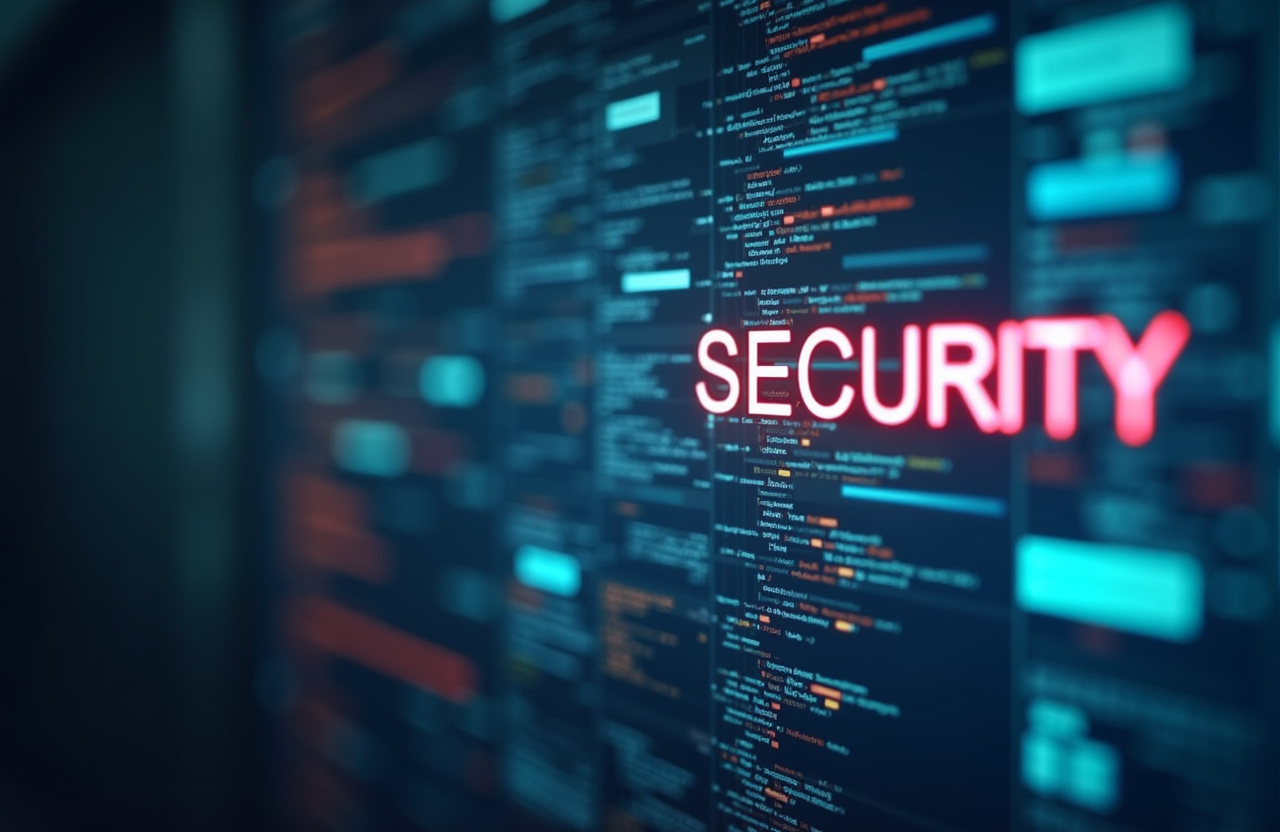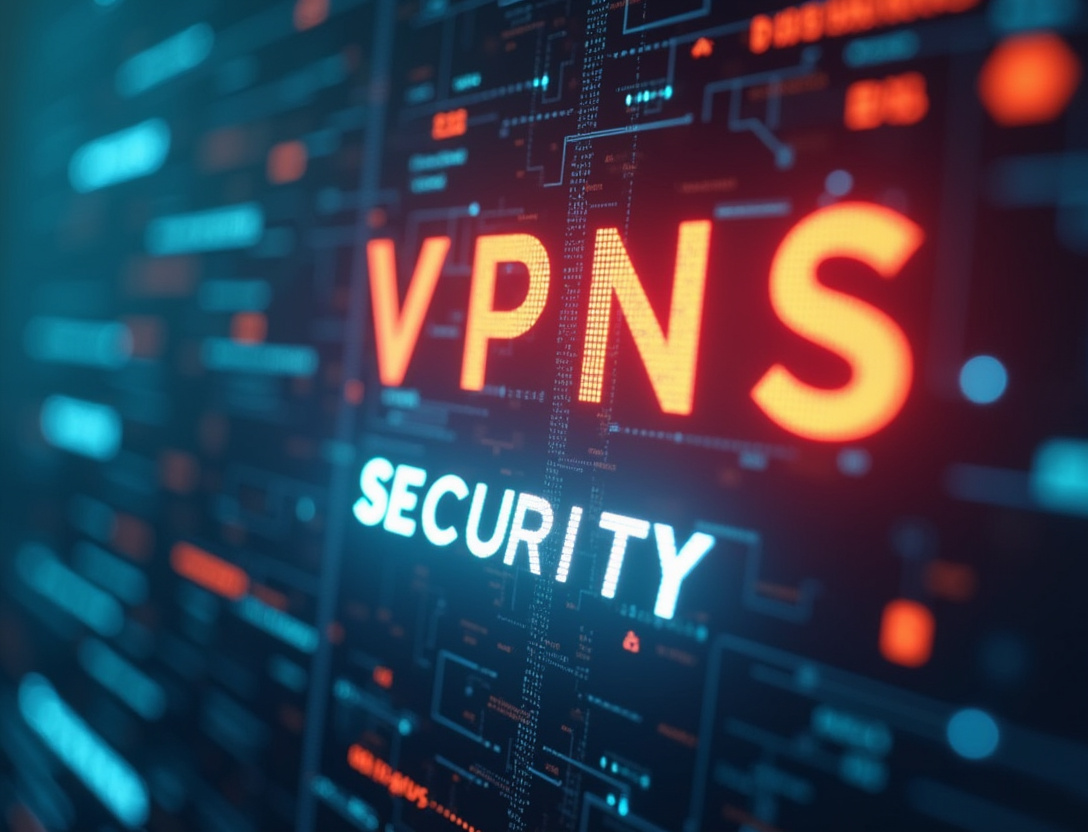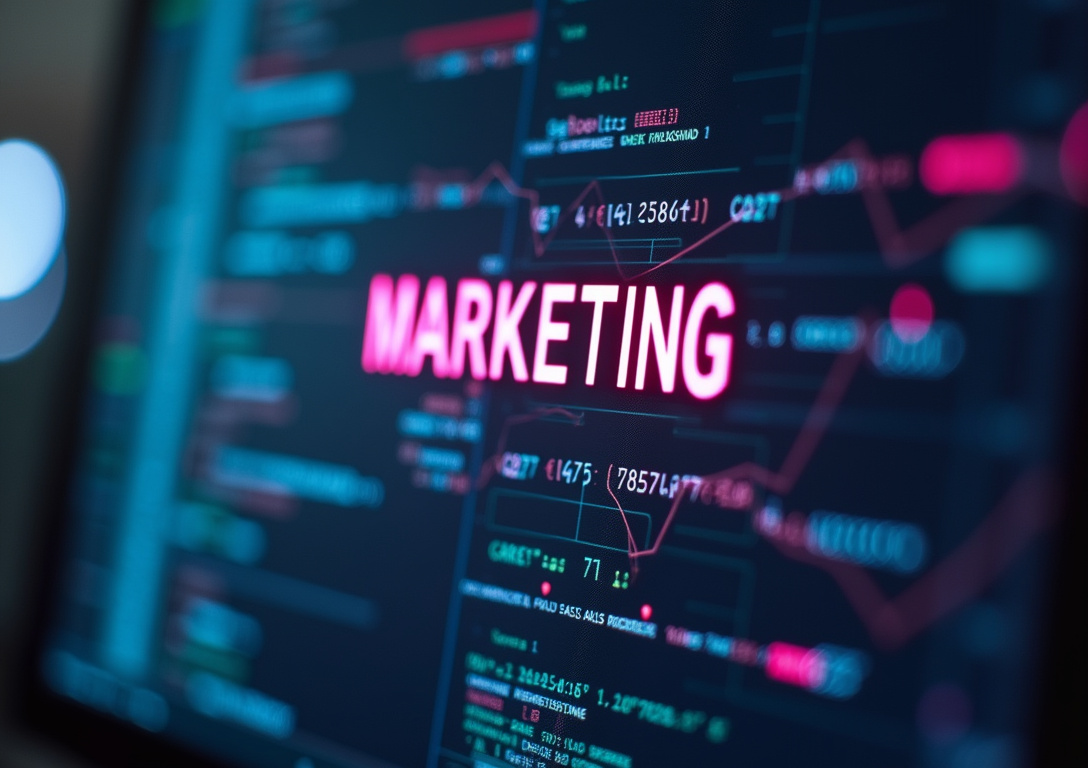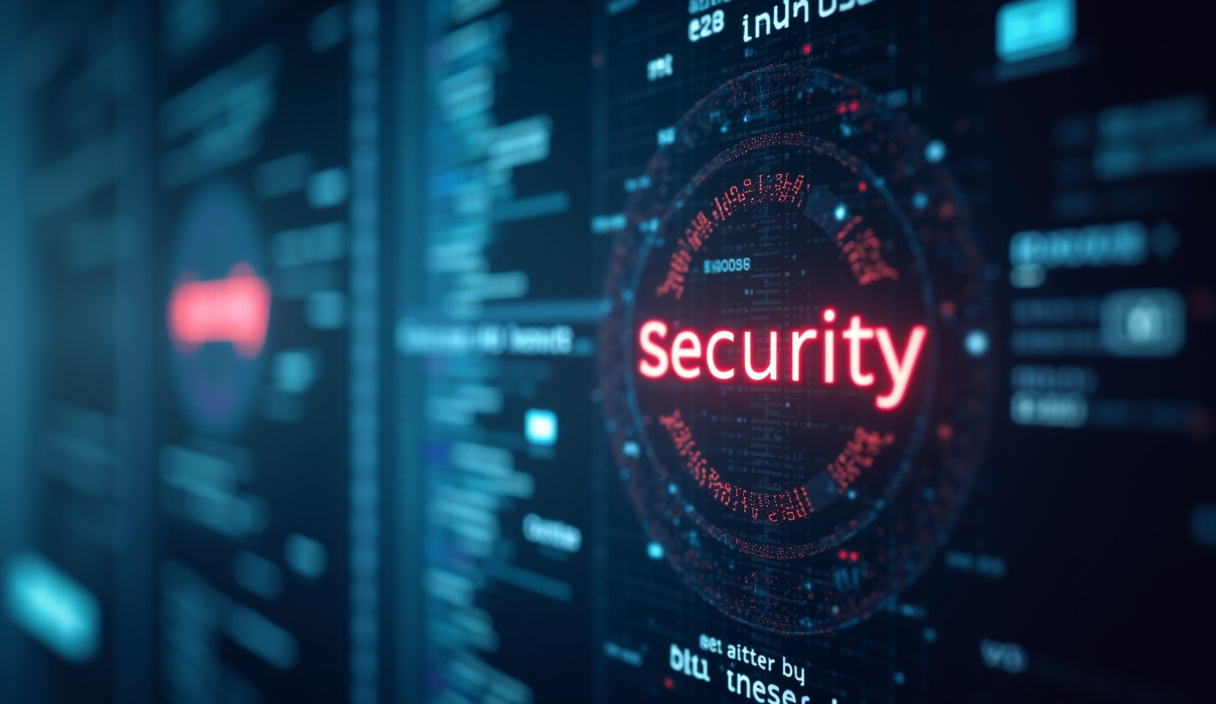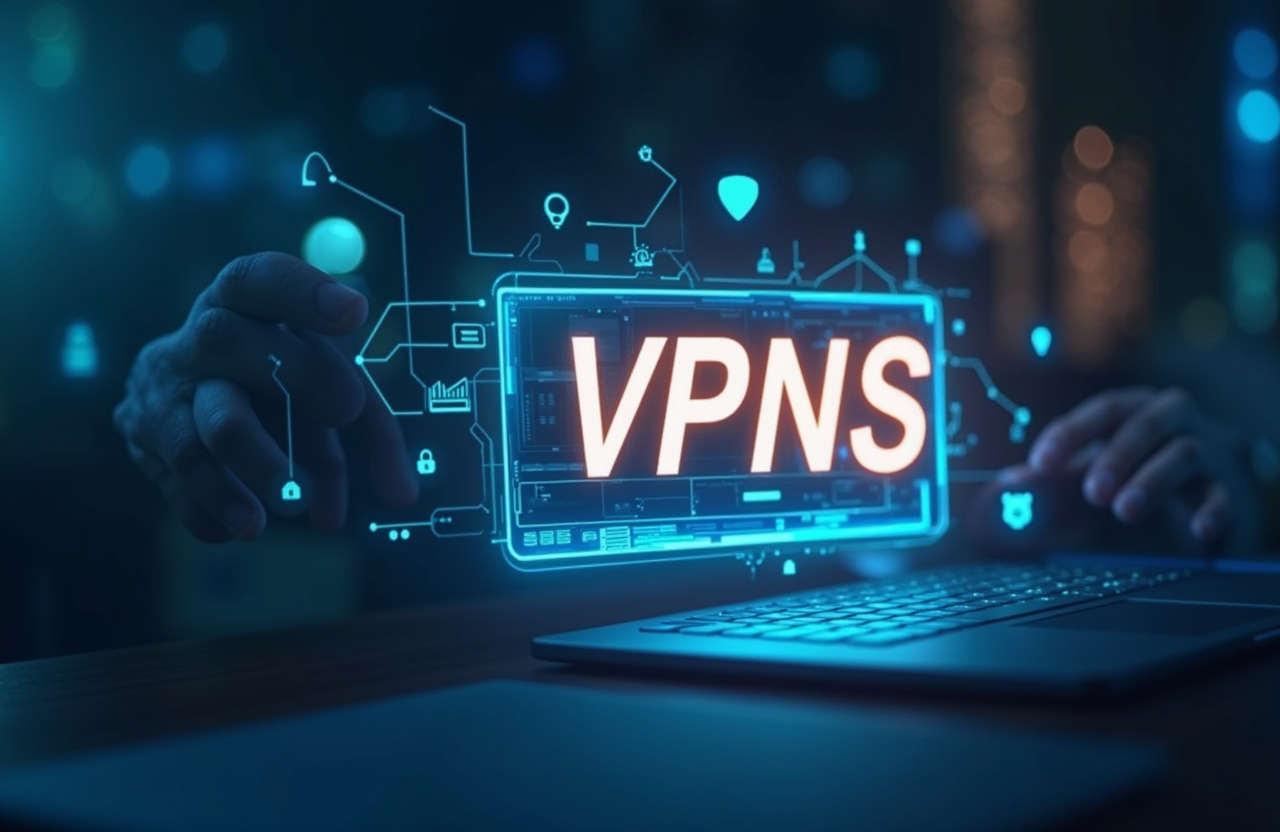VPNs for Art Galleries: Safeguarding Patrons' Viewing Experience
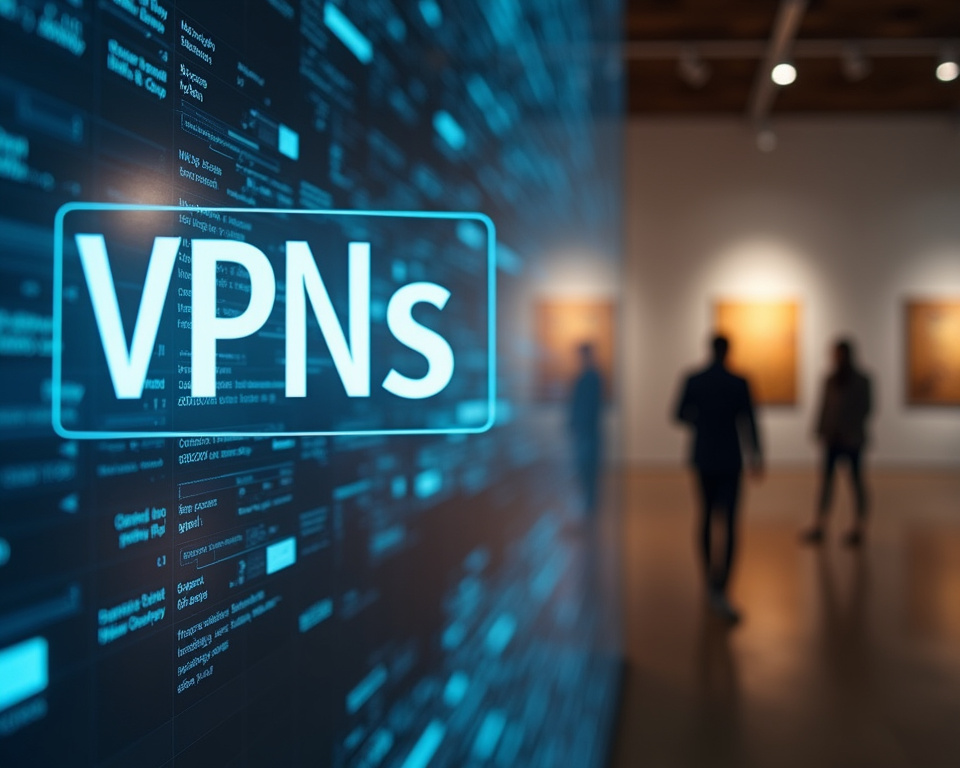
Table of Contents
Introduction: Protecting Patrons and Art with VPNs
In an era where art transcends physical boundaries, embracing digital realms and virtual experiences, the role of security in art galleries has undergone a dramatic transformation. No longer solely concerned with alarms, guards, and physical barriers, art galleries must now contend with the complexities of cybersecurity. This article delves into the critical need for Virtual Private Networks (VPNs) within the modern art gallery, examining how they safeguard the viewing experience for patrons, protect sensitive data, and fortify digital artwork assets against potential threats.
We will explore the myriad benefits of implementing VPNs, discussing how they contribute to enhanced patron security, robust viewing protection, and overall digital asset security in an increasingly connected world. The traditional art gallery, with its tangible masterpieces and hushed atmosphere, has expanded its reach through the digital world. Online exhibitions, virtual reality tours, and digital art sales are now commonplace, opening new avenues for audience engagement and global accessibility.
Patrons can now explore art from the comfort of their homes, interacting with galleries located across continents. This digital revolution, however, comes with inherent risks. Art galleries are entrusted with the personal data of their patrons, including names, addresses, financial information, and browsing habits.
This data is a prime target for cybercriminals, who can exploit vulnerabilities in a gallery's network to steal sensitive information and commit identity theft or financial fraud. Moreover, digital artwork itself is a valuable asset that requires protection from unauthorized access, copying, and distribution. A single security breach can result in significant financial losses, reputational damage, and legal liabilities.
Therefore, prioritizing cybersecurity is no longer a luxury for art galleries; it is a fundamental requirement for surviving and thriving in the digital age. Imagine a patron connecting to a gallery's public Wi-Fi network while attending an opening reception. Without proper security measures, their data is vulnerable to interception by hackers lurking on the same network.
These hackers can steal login credentials, banking details, or even personal emails. Such a breach can have devastating consequences for the patron, leading to financial losses and emotional distress. Furthermore, the gallery's reputation can suffer irreparable harm, as patrons lose trust in its ability to protect their data.
The implementation of a VPN addresses precisely this vulnerability. A VPN creates a secure, encrypted tunnel between the patron's device and the gallery's network, effectively shielding sensitive information from prying eyes. The encryption process scrambles the data, making it unreadable to anyone without the decryption key.
This ensures that even if a hacker intercepts the data, they will be unable to decipher its contents. By offering secure Wi-Fi access through a VPN, art galleries can reassure patrons that their data is protected while they browse online exhibits, purchase digital artwork, or simply connect for informational purposes. The benefits of a VPN extend beyond data encryption.
It can also mask the patron's IP address, making it more difficult for advertisers, trackers, and other third parties to monitor their online activity. This added layer of anonymity is particularly important for individuals who value their privacy and wish to avoid targeted advertising or surveillance. For art galleries, providing patrons with a VPN-enhanced browsing experience demonstrates a commitment to their privacy and security, fostering trust and encouraging repeat visits.
In addition to protecting patrons, VPNs can also safeguard the gallery's own digital assets. Digital artwork, including high-resolution images, videos, and interactive installations, are vulnerable to unauthorized copying, distribution, and alteration. A VPN can be used to create a secure connection between the gallery's internal network and external storage devices, preventing hackers from gaining access to sensitive files.
Furthermore, VPNs can be used to control access to online exhibits and virtual tours, ensuring that only authorized users can view and download the content. So in conclusion, VPNs are a crucial tool for protecting patron data, ensuring secure viewing experiences, and safeguarding valuable digital artwork.
Securing Public Wi-Fi: A VPN Shield for Visitors
Extending the discussion on safeguarding the viewing experience, it's crucial to examine how VPNs contribute to mitigating censorship and ensuring unrestricted access to artistic expression. In an increasingly interconnected world, art galleries often cater to a global audience, exposing them to diverse cultural and political perspectives in ways that were previously impossible. However, this global reach also introduces the challenge of navigating varying levels of internet censorship and content filtering in different regions.
Governments, internet service providers (ISPs), or even network administrators may impose restrictions on certain websites or online content, deeming them inappropriate or politically sensitive. This can significantly impact the viewing experience for patrons, particularly those located in regions with stringent censorship policies. They may be unable to access certain online exhibits, virtual tours, or even specific pieces of digital artwork that the local authorities deem objectionable.
VPNs provide a powerful tool for bypassing these restrictions and ensuring that patrons have unobstructed access to the full range of artistic content available on a gallery's platform. By connecting to a VPN server, patrons can effectively mask their true location and appear to be browsing from a different country where the content is not blocked. The VPN redirects their internet traffic through a secure server located in a different jurisdiction, effectively bypassing local censorship filters.
This allows patrons to view the artwork as intended, without any interference or censorship. For example, a patron located in a country where access to certain social media platforms is restricted can use a VPN to connect to a server in a different country where those platforms are freely accessible. They can then browse the gallery's social media pages, view promotional materials, and engage with other art enthusiasts without any limitations.
Similarly, a patron located in a country with strict copyright laws can use a VPN to access digital artwork that may be restricted in their region. The VPN encrypts their internet traffic, preventing local authorities from monitoring their online activity and enforcing copyright restrictions. This ensures that patrons can fully appreciate the gallery's collection, regardless of their location.
The ethical implications of using VPNs to bypass censorship are complex and often debated. Some argue that it is a legitimate way to protect freedom of speech and access to information, while others contend that it can be used to bypass legitimate laws and regulations. However, for art galleries, the primary concern is to provide patrons with a consistent and unrestricted viewing experience, regardless of their location.
VPNs enable galleries to uphold this commitment, ensuring that all patrons have equal access to the full range of artistic expressions on offer. Furthermore, VPNs can also enhance the security of transactions conducted on a gallery's online platform. When patrons purchase digital artwork or make donations, they typically need to provide sensitive financial information such as credit card numbers or bank account details.
This information is vulnerable to interception by hackers if it is transmitted over an unsecured internet connection. A VPN encrypts the data transmitted during these transactions, making it extremely difficult for hackers to steal financial information. The encryption process scrambles the data, rendering it unreadable to anyone who does not have the decryption key.
This significantly reduces the risk of financial fraud and identity theft, protecting both the gallery and its patrons. By providing a secure and encrypted payment gateway through a VPN, art galleries can reassure patrons that their financial information is safe and secure. This fosters trust and encourages patrons to make purchases or donations with confidence.
This ultimately contributes to the economic sustainability of the gallery and its ability to support artists and cultural initiatives. So, VPNs ensure unrestricted access to artistic views.
Protecting Gallery Networks and Sensitive Data
Delving deeper into the realm of 'artwork security', it's imperative to address the specific vulnerabilities that digital art faces and how VPNs can contribute to a robust defense strategy. Digital art, encompassing high-resolution images, videos, interactive installations, and virtual reality experiences, presents unique challenges in terms of copyright protection and preventing unauthorized duplication or alteration. Unlike traditional physical artworks, which are inherently more difficult to replicate perfectly, digital art can be easily copied and distributed without the artist's consent.
This can lead to significant financial losses for artists and galleries, as well as damage to their reputation and artistic integrity. One of the primary threats to digital artwork is unauthorized copying and distribution. Hackers can gain access to a gallery's network and steal digital art files, which they can then upload to file-sharing websites or sell on the black market.
This can result in widespread copyright infringement and loss of revenue for the artist and the gallery. VPNs can play a crucial role in preventing this type of theft by encrypting the data transmitted between the gallery's internal network and external storage devices or cloud services where digital artwork is stored. This makes it significantly more difficult for hackers to intercept and steal the files.
Furthermore, VPNs can also be used to control access to digital artwork files, ensuring that only authorized personnel have permission to view, download, or modify them. This can be achieved through the implementation of strong authentication protocols and access control lists. Another threat to digital artwork is unauthorized alteration.
Hackers can gain access to digital art files and modify them without the artist's permission. This can damage the artwork's artistic integrity and lead to misrepresentation of the artist's vision. For example, a hacker could alter a digital painting by adding unwanted elements or changing the colors, or they could modify a virtual reality experience to include offensive or inappropriate content.
VPNs can help prevent unauthorized alteration by encrypting the data transmitted during the creation and modification of digital artwork files. This ensures that only authorized personnel can make changes to the artwork and that any unauthorized modifications are easily detected. In addition to protecting digital artwork from external threats, VPNs can also help mitigate internal risks.
Employees or contractors who have access to sensitive digital art files may be tempted to copy or share them without authorization. This can be particularly problematic in situations where employees are working remotely or using their own devices. VPNs can be used to create secure connections between remote workers and the gallery's internal network, ensuring that all data transmitted is encrypted and protected from interception.
This reduces the risk of unauthorized copying or distribution of digital art files. Moreover, VPNs can be used to monitor employee activity and detect potential security breaches. By logging all network traffic and analyzing it for suspicious patterns, galleries can identify and respond to potential threats before they cause significant damage.
The implementation of a VPN should be part of a comprehensive digital security strategy that also includes strong passwords, multi-factor authentication, regular security audits, and employee training. A VPN is not a silver bullet, but it is an essential tool for protecting digital artwork from a wide range of threats. By encrypting data, controlling access, and monitoring network traffic, VPNs can help galleries safeguard their valuable digital assets and protect the artistic integrity of their collections.
VPNs are a valuable tool for mitigating internal risks also.
VPNs for Services: Enhancing Security and Privacy for Subscription Platforms
Transitioning from digital artwork security to the practical implementation of a 'VPN for galleries', it's important to consider the specific needs and challenges faced by art galleries when choosing and deploying a VPN solution and network administrator, in this case, can remotely manage gallery's servers, oversee remote network access, and guarantee compliance with the rules of the sector. Unlike individual users who primarily use VPNs for privacy and security while browsing the internet, art galleries have more complex requirements, including the need to support multiple users, manage bandwidth-intensive applications, and maintain compliance with industry regulations. One of the key considerations is scalability.
Art galleries need a VPN solution that can scale to accommodate their growing number of patrons, employees, and devices. As the gallery's online presence expands and more visitors access its digital resources, the VPN must be able to handle the increased network traffic without compromising performance or security. This may require choosing a VPN provider that offers flexible subscription plans and the ability to easily add or remove users as needed.
Another important factor is bandwidth. Art galleries often rely on bandwidth-intensive applications, such as streaming high-resolution videos, conducting virtual reality tours, and transferring large digital art files. A VPN solution that provides sufficient bandwidth is essential for ensuring a smooth and seamless experience for patrons and employees.
This may require choosing a VPN provider that has a large network of servers located around the world, as well as the ability to optimize network traffic for specific applications. Security is, of course, a paramount concern. Art galleries need a VPN solution that offers robust encryption protocols, strong authentication methods, and advanced security features to protect sensitive data from cyber threats.
This may include choosing a VPN provider that uses AES-256 encryption, supports multi-factor authentication, and provides protection against malware, phishing, and other online attacks. Compliance with industry regulations is another key consideration for art galleries. Depending on their location and the type of data they collect, galleries may be subject to various privacy laws and data security standards, such as the General Data Protection Regulation (GDPR) or the California Consumer Privacy Act (CCPA).
A VPN solution that helps galleries comply with these regulations is essential for avoiding legal liabilities and maintaining a positive reputation. This may require choosing a VPN provider that offers features such as data anonymization, data masking, and compliance reporting. In addition to these technical considerations, art galleries also need to consider the ease of use and manageability of the VPN solution.
A VPN that is difficult to set up, configure, or manage can be a drain on resources and increase the risk of human error. Choosing a VPN provider that offers user-friendly interfaces, comprehensive documentation, and responsive technical support is essential for ensuring a successful deployment. Art galleries should also consider the cost of the VPN solution.
VPN prices can vary widely depending on the features offered, the number of users supported, and the length of the subscription. It is important to carefully compare different VPN providers and choose a solution that offers the best value for money. However, it is also important not to compromise on security or performance in order to save money.
A cheap VPN solution that lacks essential security features or has slow speeds can ultimately be more costly in the long run. Finally, art galleries should consider the reputation and track record of the VPN provider. Choosing a reputable provider with a proven history of security and reliability is essential for ensuring that the VPN solution will effectively protect their data and provide a seamless user experience.
Reading reviews, checking industry ratings, and contacting existing customers can provide valuable insights into the provider's strengths and weaknesses.
The Future of VPNs: Evolution in Subscription Service Security
Concluding our exploration of VPNs in art galleries, it's crucial to emphasize the ongoing need for vigilance, adaptation, and a proactive approach to cybersecurity in the face of evolving threats. Implementing a 'VPN for galleries' is not a one-time fix, but rather an ongoing process that requires constant monitoring, maintenance, and adaptation. As cyber threats become more sophisticated and the digital landscape continues to evolve, art galleries must remain vigilant and adapt their security strategies accordingly to ensure continued 'patron security' and 'viewing protection'.
This includes regularly updating VPN software, patching security vulnerabilities, and staying informed about the latest threats and best practices. One of the key aspects of maintaining a robust VPN implementation is ongoing monitoring. Art galleries need to monitor their VPN connections regularly to ensure that they are functioning properly and that there are no signs of unauthorized access or malicious activity.
This may involve using network monitoring tools to track VPN traffic, analyze logs, and detect anomalies. By proactively monitoring their VPN connections, galleries can identify and respond to potential security breaches before they cause significant damage. Another important aspect of maintaining a secure VPN implementation is regular security audits.
Art galleries should conduct periodic security audits to assess the effectiveness of their VPN configuration and identify any weaknesses or vulnerabilities. These audits should be conducted by qualified security professionals who can thoroughly evaluate the gallery's security posture and recommend improvements. The results of the audits should be documented and used to prioritize security enhancements.
In addition to technical measures, art galleries should also invest in employee training to raise awareness about cybersecurity risks and best practices. Employees should be trained on how to identify phishing scams, avoid clicking on malicious links, and protect their passwords. They should also be informed about the gallery's VPN policies and procedures and encouraged to report any suspicious activity.
By empowering employees with the knowledge and skills to protect themselves against cyber threats, galleries can significantly reduce the risk of human error and insider attacks. Furthermore, art galleries should develop and maintain a comprehensive incident response plan to outline the steps that will be taken in the event of a security breach. This plan should include procedures for containing the breach, notifying affected parties, and restoring systems to normal operation.
The incident response plan should be tested regularly to ensure that it is effective and that all employees are familiar with their roles and responsibilities. In addition to these internal measures, art galleries should also collaborate with external partners to enhance their cybersecurity posture. This may include working with cybersecurity vendors, law enforcement agencies, or industry associations to share threat intelligence and best practices.
By collaborating with external partners, galleries can stay informed about the latest threats and access resources that they may not have internally. Ultimately, the success of a VPN implementation in an art gallery depends on a holistic approach that combines technical measures, employee training, incident response planning, and external collaboration. By investing in these areas, galleries can create a strong security culture and protect their patrons, their artwork, and their reputation from the ever-evolving threat landscape.
The 'artwork security' depends of proactive actions to anticipate future attacks. The 'art gallery VPN' is just one tool in a broad set of instruments designed to guarantee security. Art galleries should embrace a culture of continuous improvement, constantly seeking ways to enhance their security posture and adapt to new challenges.
By staying vigilant, proactive, and collaborative, art galleries can ensure that they are well-positioned to protect themselves against cyber threats and provide a safe and enjoyable viewing experience for their patrons.
Stay Updated
Get the latest VPN news, tips, and exclusive deals to your inbox.
